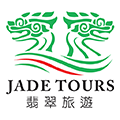Project Description
Silk Road
13 Days 12 Nights (Tour code: MSCISIK13)
Beijing – Xian – Dunhuang – Turpan – Kashgar – Beijing

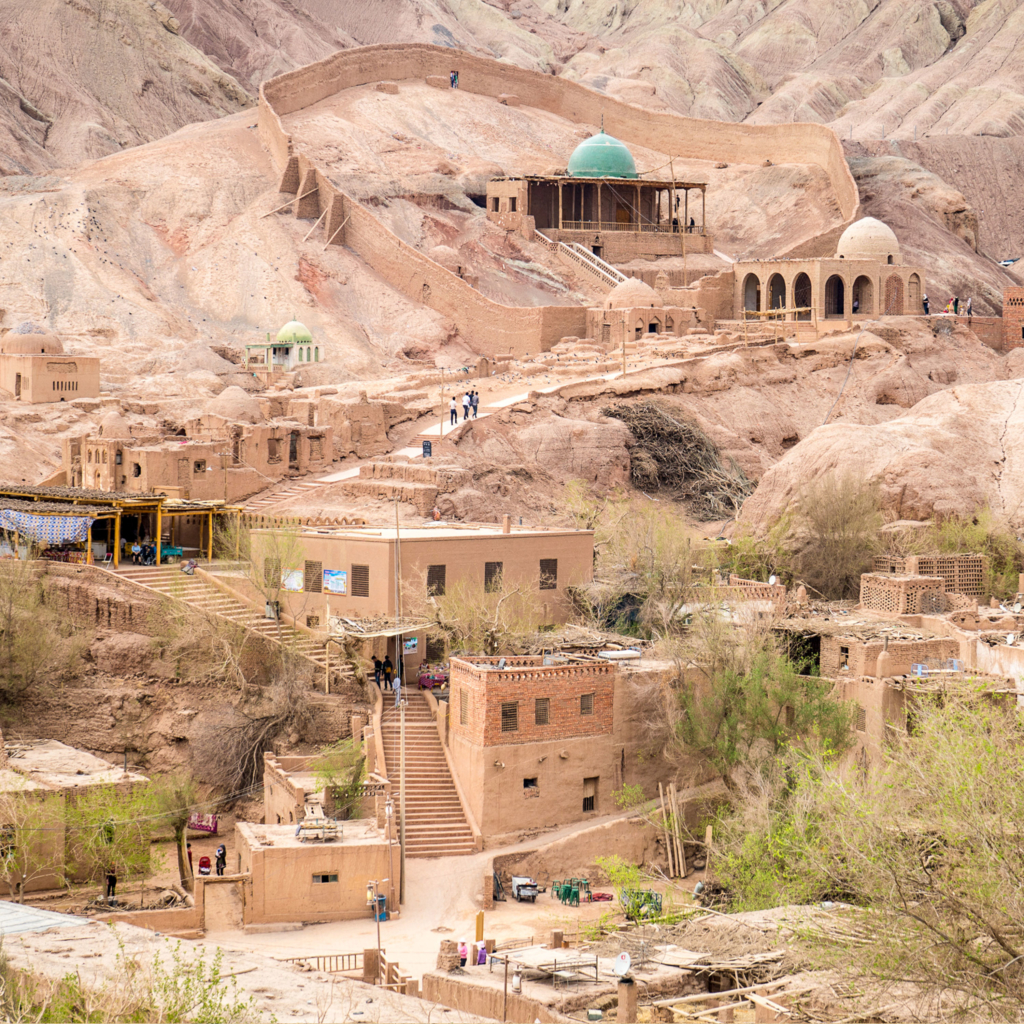
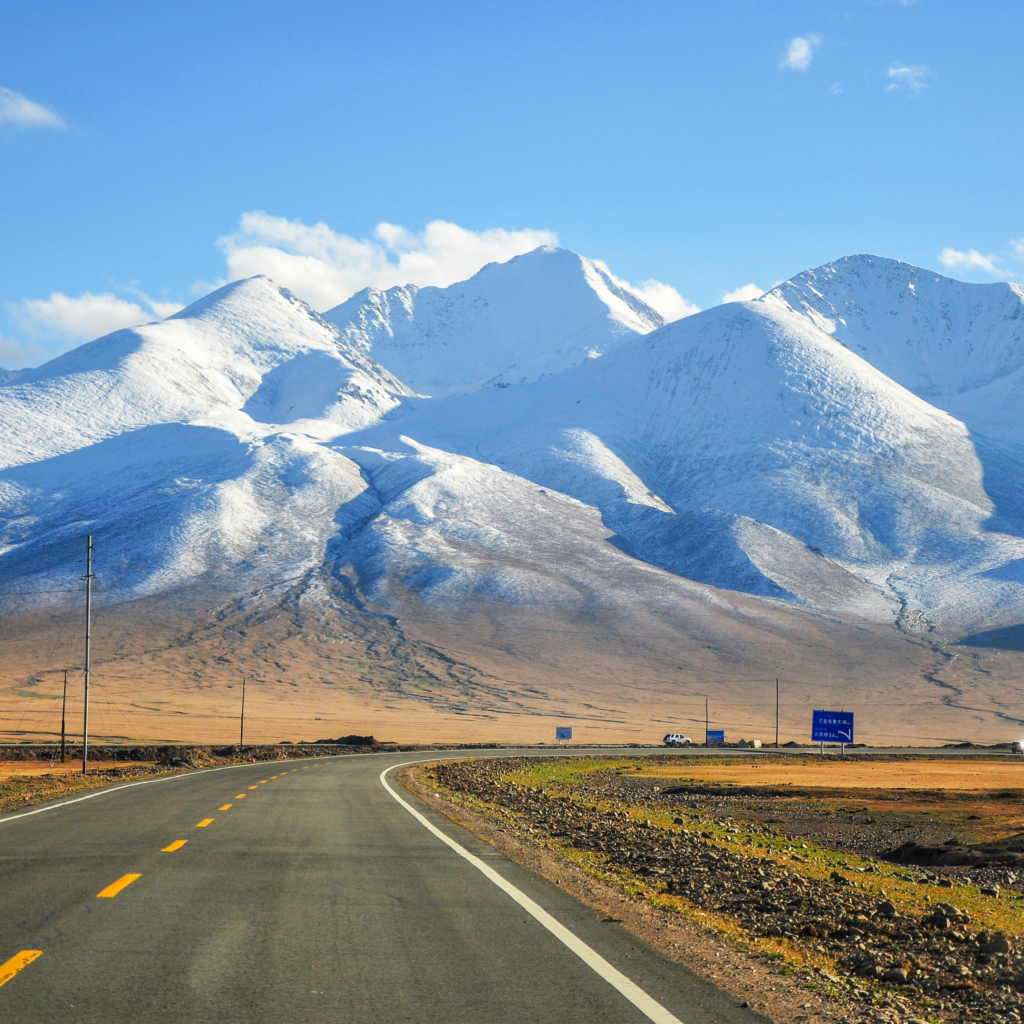
PACKAGE PRICE based in USD
| DATES | Twin Sharing |
Single Supplement |
| 11APRIL2026, 16MAY2026, 15AUG2026, 05SEP2026, 17OCT2026 | 5,030 | 1,400 |
***Minimum 2 guests for each departure.
***Pls check the availability with us first before you book your international flight.
Inclusions
- Hotel accommodation as per the itinerary (twin room, daily breakfast included)
- Local English-speaking tour guide
- Transfers, entrance fees, and visits as specified in the itinerary
- Transfers in standard, air-conditioned vehicles
- Domestic flights as per itinerary in Economy class
- High-speed train ticket from Dunhuang (Liuyuan) to Turpan (second
class)
- Overnight train ticket from Turpan to Kashgar (4-berth soft sleeper compartment)
Exclusions
- Travel insurance
- Visa if applicable
- Personal expenses
- Tips for guide and driver
- International Flights
- Porterage
- Meals not listed in the itinerary
- Optional tours
- Items not listed under inclusions
ITINERARY
One-way private pick-up transfer from airport to hotel.
Hotel: Mercure Beijing Downtown Hotel or similar (3 nights’ stay)
Your first UNESCO World Heritage Site of the tour—the Summer Palace—is on today’s agenda. Its traditional garden art and stunning architecture will transport you back in time. At the heart of the complex, on the shores of Kunming Lake, lies a marble boat famous across China. The 700-meter-long covered walkway, adorned with intricate ornaments, provides excellent photo opportunities. In the afternoon, you will travel to one of the highlights of almost any China tour: the Mutianyu section of the Great Wall. Located north of Beijing, Mutianyu is less crowded than other parts of the Great Wall. You will take a cable car to the top of the wall, where you can stroll at your leisure and admire this magnificent structure, which winds like a dragon across the mountains. In the evening, you will return to Beijing.
Your first stop today is Tiananmen Square. It was here that Chairman Mao Zedong proclaimed the founding of the People’s Republic of China in 1949. Today, his mausoleum stands in the center of the square, along with the Monument to the People’s Heroes. Important buildings surround the square, which is regarded as the heart of China. At the northern end of the square stands Tiananmen (the Gate of Heavenly Peace), behind which lies the Forbidden City—enclosed by a red wall. You will visit the official halls in the Outer Court as well as smaller buildings in the former imperial private quarters. The vast, densely built complex is sure to impress. In the afternoon, you will visit the Temple of Heaven, located in the southern part of the city.
Once an exclusive site for emperors to pray for good harvests, its buildings are now open to tourists, and the park is a popular meeting place for locals—who gather here to play cards, sing, or exercise.
Today, your journey continues with a high-speed train ride (approximately 5 hours) to Xi’an—a city that served as China’s imperial capital for many centuries. After your arrival and a short rest at the hotel, you will head to the city wall. Dating back to the Ming Dynasty, this 14-kilometer-long structure is China’s largest and best-preserved ancient city wall. You can take a bike tour along the wall (offering interesting views of the inner-city courtyards) or enjoy a leisurely walk on the wall’s top.
Hotel: Titan Times or similar (2 nights’ stay)
The Terracotta Army of Qin Shi Huangdi, China’s first emperor, is a highlight of many China tours and one of the first sites in China to be inscribed on the UNESCO World Heritage List. You will visit the three excavated pits and the exhibition hall displaying the bronze chariots discovered nearby. You will be amazed by how well this clay army has been preserved, even after 2,200 years. In the afternoon, you will visit Xi’an’s iconic Giant Wild Goose Pagoda, located within the Buddhist “Temple of Great Mercy.” Built during the Tang Dynasty in the 7th century CE, it is one of China’s oldest surviving structures. The afternoon ends with a visit to the Great Mosque in the city center.
Xi’an has a large ethnic Muslim population, as the city has welcomed diverse foreign cultures since the Han Dynasty—when it served as the eastern endpoint of the Silk Road.
Today, you will fly to Dunhuang, a once prosperous oasis where many merchants grew wealthy through Silk Road trade. You will visit Crescent Lake, an oasis surrounded by tall sand dunes and whose shape clearly resembles a crescent moon. You will have time to hike in the Mingsha Mountain Dunes (Singing Sand Dunes), which rise up to 300 meters high. The name comes from the sounds produced by wind in the dunes, likely caused by the movement of sand particles. You will then be transferred to your hotel.
Hotel: Dunhuang Hotel or similar (1 night stay)
The Mogao Grottoes near Dunhuang are among China’s most beautiful Buddhist grottoes. The first of these shallow caves were carved into the steep cliffs in the 4th century CE, shortly after Buddhism arrived in this once isolated Chinese region. The site’s excellent state of preservation is due to the arid climate and its remote location—factors that led the grottoes to be more or less forgotten over time. Even today, only a few of the approximately 500 surviving grottoes are open to tourists, to protect the delicate wall paintings. In the afternoon, you will experience the modern infrastructure of the Silk Road for the first time, taking a high-speed train to Turpan (approximately 3.5 hours).
Hotel: Mercure Turpan Downtown or similar (2 nights’ stay)
Turpan is an oasis largely influenced by Islam and inhabited by many members of the Uyghur ethnic group. This is evident in the city’s architecture—especially the Emin Minaret, which you will visit today. This elaborately decorated brick structure was built during the Qing Dynasty on the grounds of a mosque in a Turpan suburb.
Next, you will travel to the ruined city of Jiaohe, a former clay-built outpost for caravans traveling west along the Silk Road. The city was fortified as early as the Han Dynasty. After a fire disaster, the area was abandoned and never rebuilt. Individual buildings and the overall urban layout are still clearly visible. At the end of the day, you will visit another structure built centuries ago: the Karez system—underground or covered canals that channel water from the mountains to Turpan. Still in use today, these canals are used for purposes such as irrigating farmland.
Today, you will visit the Bezeklik Thousand Buddha Grottoes, which—like the Mogao Grottoes—were established in the 4th century CE. The ever evolving cultures and their mutual exchanges along the Silk Road are reflected in some of the grottoes, as the artistic styles vary greatly. The ruined city of Gaochang was once the capital of a local kingdom and surrounded by a city wall that is still visible today. The division between different city districts is also clear, even though Gaochang has been uninhabited for hundreds of years. Near Gaochang lie the Astana Tombs, built during the Tang Dynasty. The arid climate has preserved the burial artifacts exceptionally well, allowing historians to learn much about life in this region over 1,000 years ago.
In the evening, you will board an overnight train to Kashgar. You can relax and sleep in comfortable 4-berth compartments, making the time pass quickly until your arrival in Kashgar the next morning (approximately 13 hours after your departure).
Accommodation: on the train (4-berth compartments)
Kashgar’s bazaar is famous across China. Villagers from the entire region and nomadic communities regularly visit to buy and sell goods. The entire market is impressive—not only for the products sold but also for the visitors themselves. The livestock market, in particular, takes exoticism to another level! Your itinerary also includes Kashgar Old Town and Id Kah Mosque. One of China’s largest mosques, it is visited by tens of thousands of worshippers, especially during religious festivals. A masterpiece of Islamic architecture is the Tomb of Abakh Khoja (also known as the Tomb of Xiang Fei). Xiang Fei was a concubine of the Qing Emperor Qianlong; after her death, she was buried here, and this magnificent mausoleum was built in her honor.
Hotel: Yue Xing Jinjiang International Hotel Kashgar or similar (2 night’ stay)
Optional Full day Excursions with supplement:
Full-day excursion to the deep blue Karakul Lake: Today, the highmountain
landscape between China and Pakistan will impress you. You will cruise on the legendary Pamir Highway to Karakul Lake, a mountain lake located at an altitude of approximately 3,500 meters above sea level. The lake’s clear water and views of the often snow- capped surrounding mountains are an unforgettable experience. You will return to Kashgar in the early evening.
OR
Optional Half-day excursion with supplement to a small Kyrgyz village near Kashgar includes lunch.
Depending on your flight time, you will be transferred to the airport and fly far east to Beijing. After your arrival, you will be transferred to your hotel. If you have time and energy, explore China’s capital at your leisure.
Hotel: Mercure Beijing Downtown Hotel or similar (1 night’s stay)
Depending on your flight schedule, you will be transferred to the airport for your return home or your onwards connecting journey.
Alternatively, you can extend your stay in Beijing by a few days—we will gladly help you make arrangements.
~end of service~
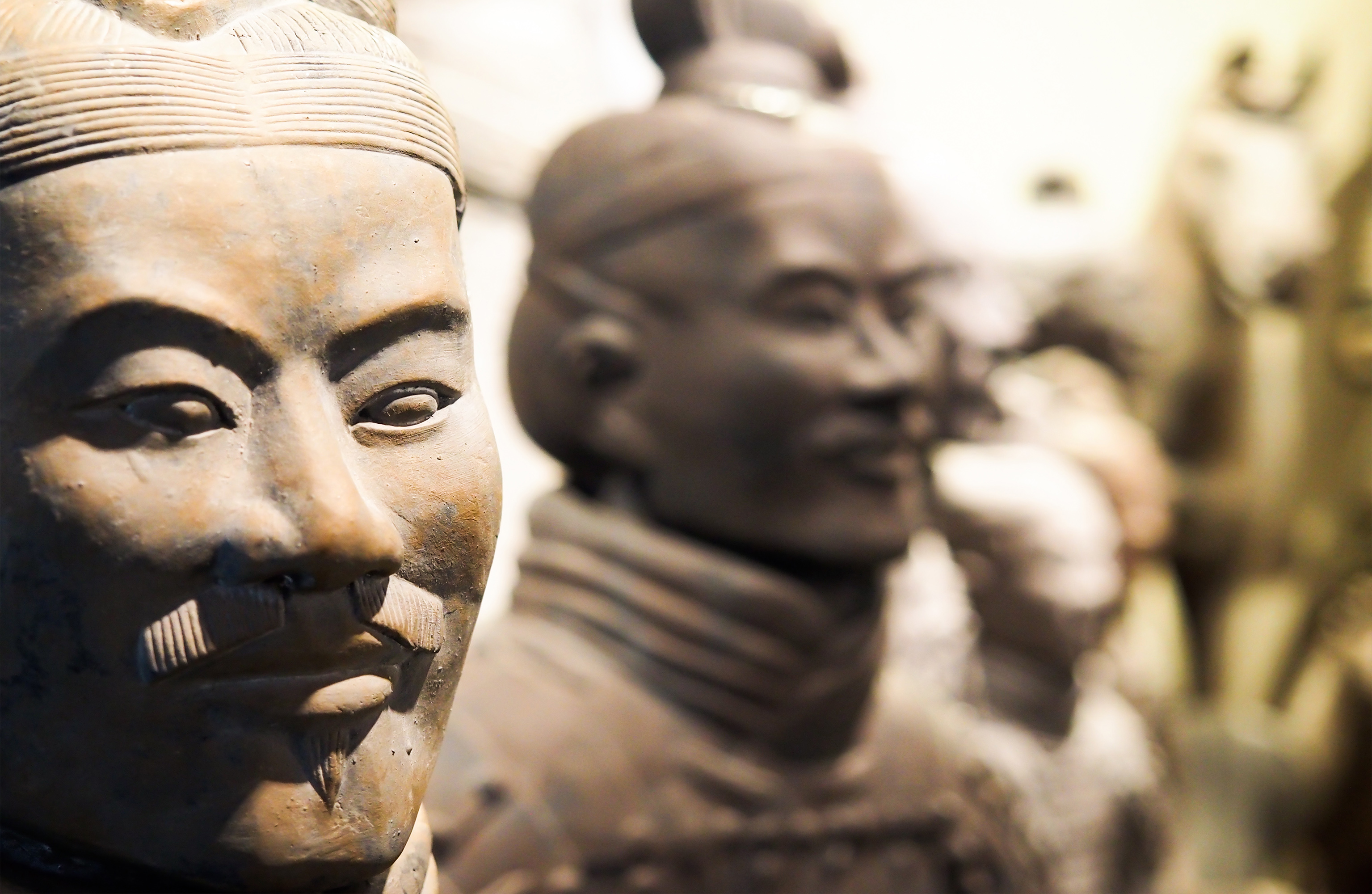
Terra-Cotta Soldiers
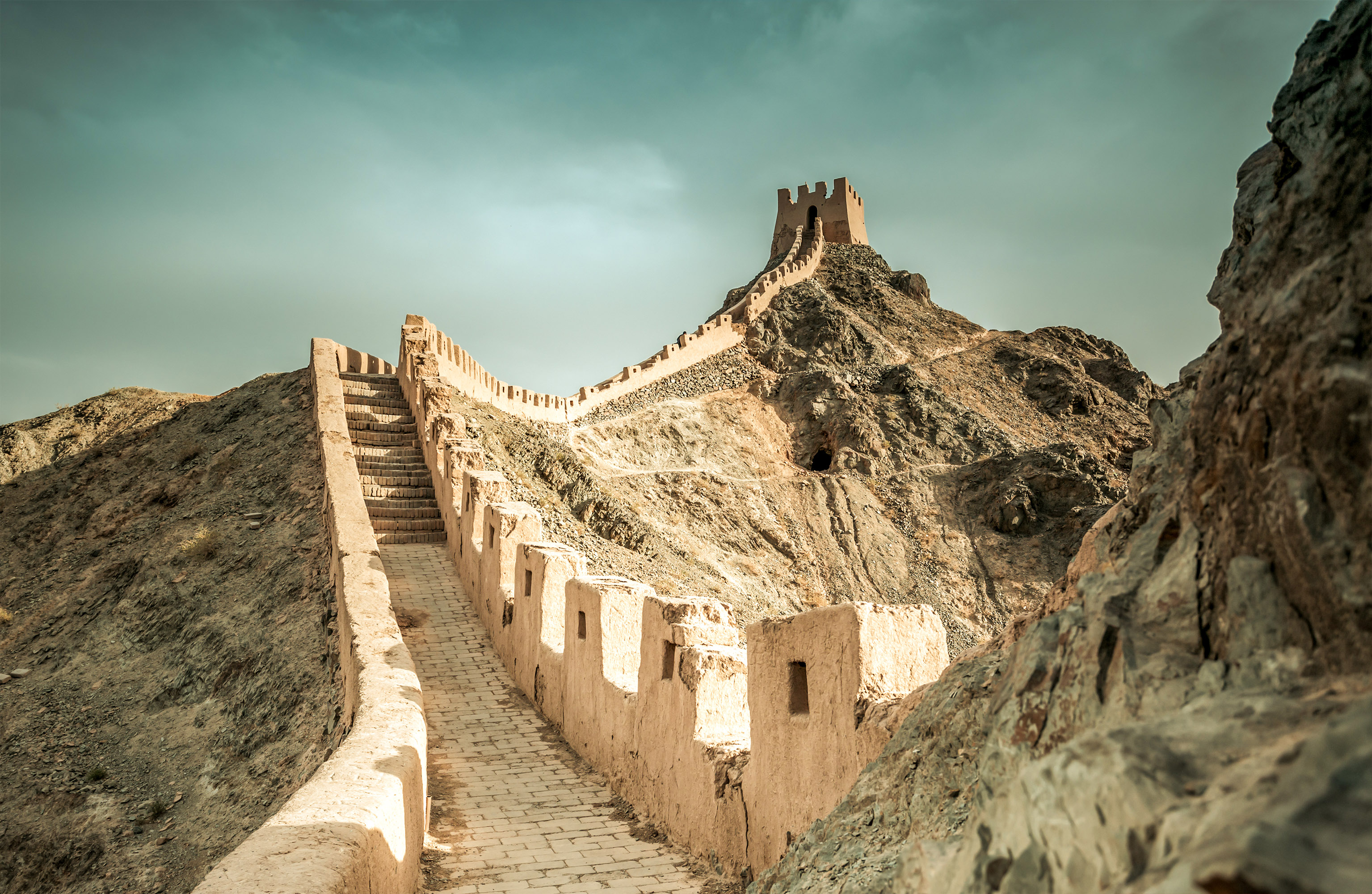
Jiayuguan
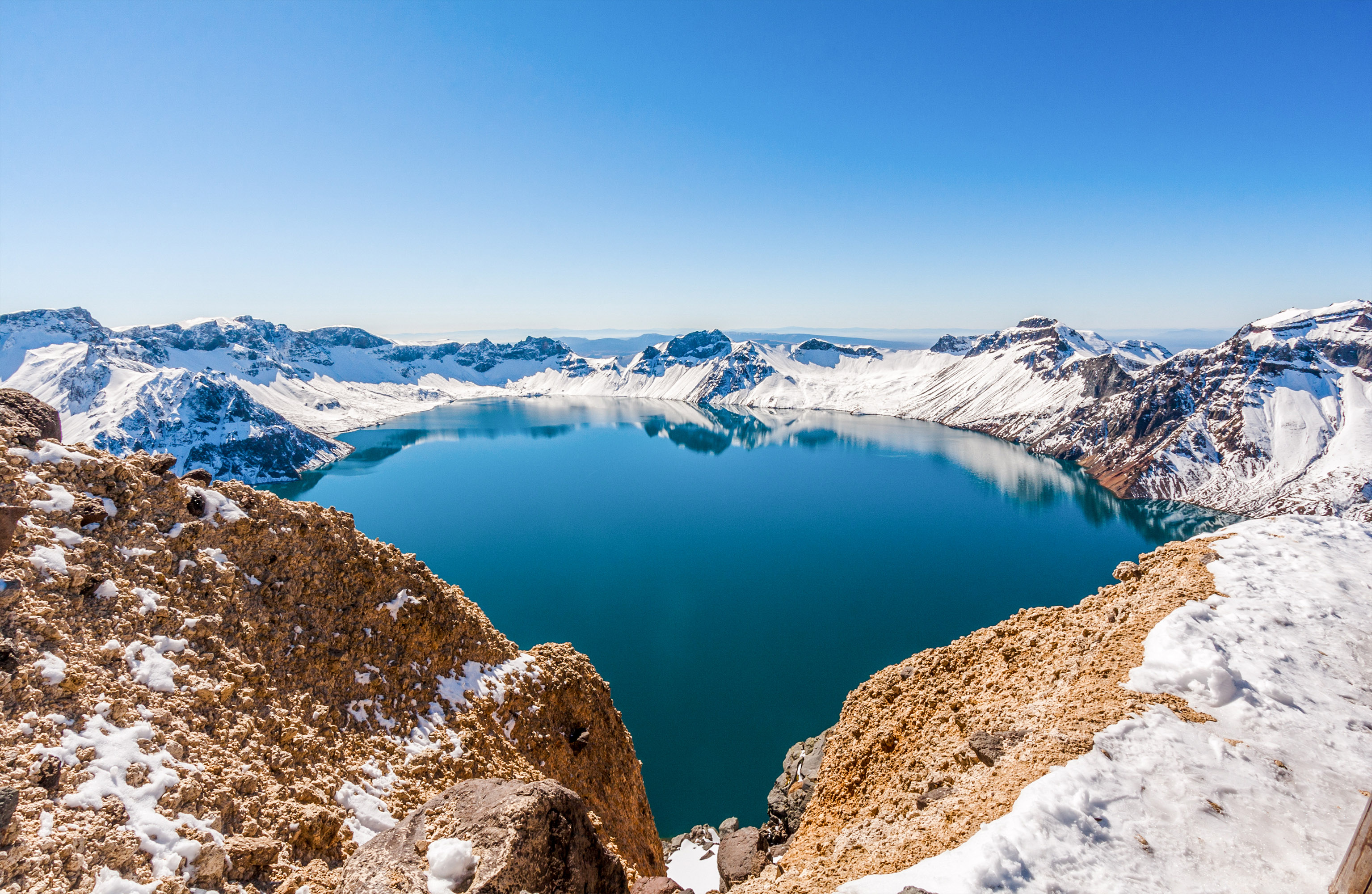
Heavenly Lake
